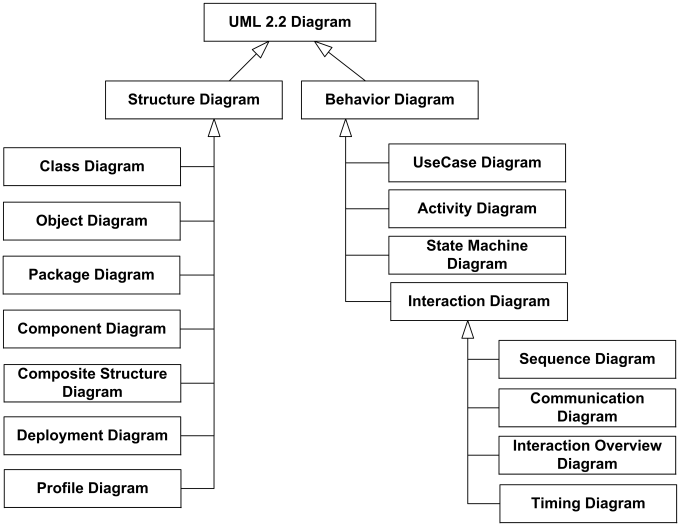What is Use Case?
Use Case is a list of steps, generally significant interactions between Users or Actors and a system to achieve a goal. Here Actor can be an external system or human being.
In different word we can say Use Case is an objective Users want to achieve with a system.
What is Use Case means? or What is Use Case Defination?
Use Case is a methodology which used in system analysis to identify, clarify system requirements.
Use case is a set of possible sequences of interactions between users and main systems to achieve a particular goal.
In other word we can say Use Case is how a user uses a system to accomplish a particular goal.
We can say Use Case capture user requirements for a system by describing how system will be used by users to achieve their ultimate goal. Use case is written in simple language without using any technical language which will be easier for any participant to understand the process.
There are 3 main things for any good Use Case.
- Actor: who interact with system, actor can be human or external system.
- System: how the particular system will function.
- Goal: User will achieve their goal by using that particular system
How to write a good Use Case?
- First of all you need to find out your users of that system
- For each category of users, create a user profile
- Find out trigger event of each user
- Find out significant goal of each user
- Create use cases for each goals
Elements of Use Case
- Actor: Someone or Something who interact with a system. A person, service, another system or organization that interacts with the main system at once or more is called an actor.
- Preconditions: Something must be true or happen to start the Use Case.
- Preconditions: Something must be true or happen to start the Use Case.
- Post Conditions: Achieve the real goal at the end of Use case.
- Goal: Something to achieve by using the steps of Use case.
- Trigger Point: Particular event that causes the Use Case to be intended.
- Main Success scenario or Happy Path: That is call basic flow, During Use Case steps nothing go wrong (meaning every step is successful, everything is fine that’s why it’s call Happy Path too).
- Alternative Path: That is call Alternative flow, during Use Case steps there is a different way or alternative way to reach at the goal or next steps.
- Exception Path: That is call Exception flow, during Use Case steps sometimes there is no way to reach to goal but you stop somewhere or reach somewhere else that’s call exception path.
What is Primary Actor and Secondary Actor?
- Primary actor: someone or something who takes the help from system or someone who initiates use cases.
- Secondary Actor: Someone or something who give the help to system.
What is Use Case Diagram?
Use Case diagram are created to visualize the relationship
between Actors and Use Cases.
Use Case Diagram is simple representation of user’s
interaction with the system and representing the specification of a use
case. A Use case diagram can show the
different type of users of a system and the various ways that they interact
with the system. This type of diagram is typically used in conjunction with the
textual use case and will often be accompanied by other type of diagrams as
well.
What is use of Use Case Diagram?
Use Case Diagrams overview the usage requirements for a
system. They are useful for presentations to management and stakeholders.
Use Case Diagrams can be used to describe the functionality
of a system in a horizontal way.
Use Case diagrams are considered for high level requirement
analysis of a system. So when the requirements of a system are analyzed the
functionalities are captured in use cases.
Example of Use Case Diagram:

What is INCLUDE and EXTEND?
EXTEND is used when a use case conditionally adds steps to
another first use case.
An Extend relationship is to specify that one use case
extends the behavior of another use case.
INCLUDE is used to extract use case fragments that are
duplicated in multiple use cases.
An Include relationship is one use case includes the
functionality of another use case. The include relationship supports the reuse
of functionality in a use case model.



